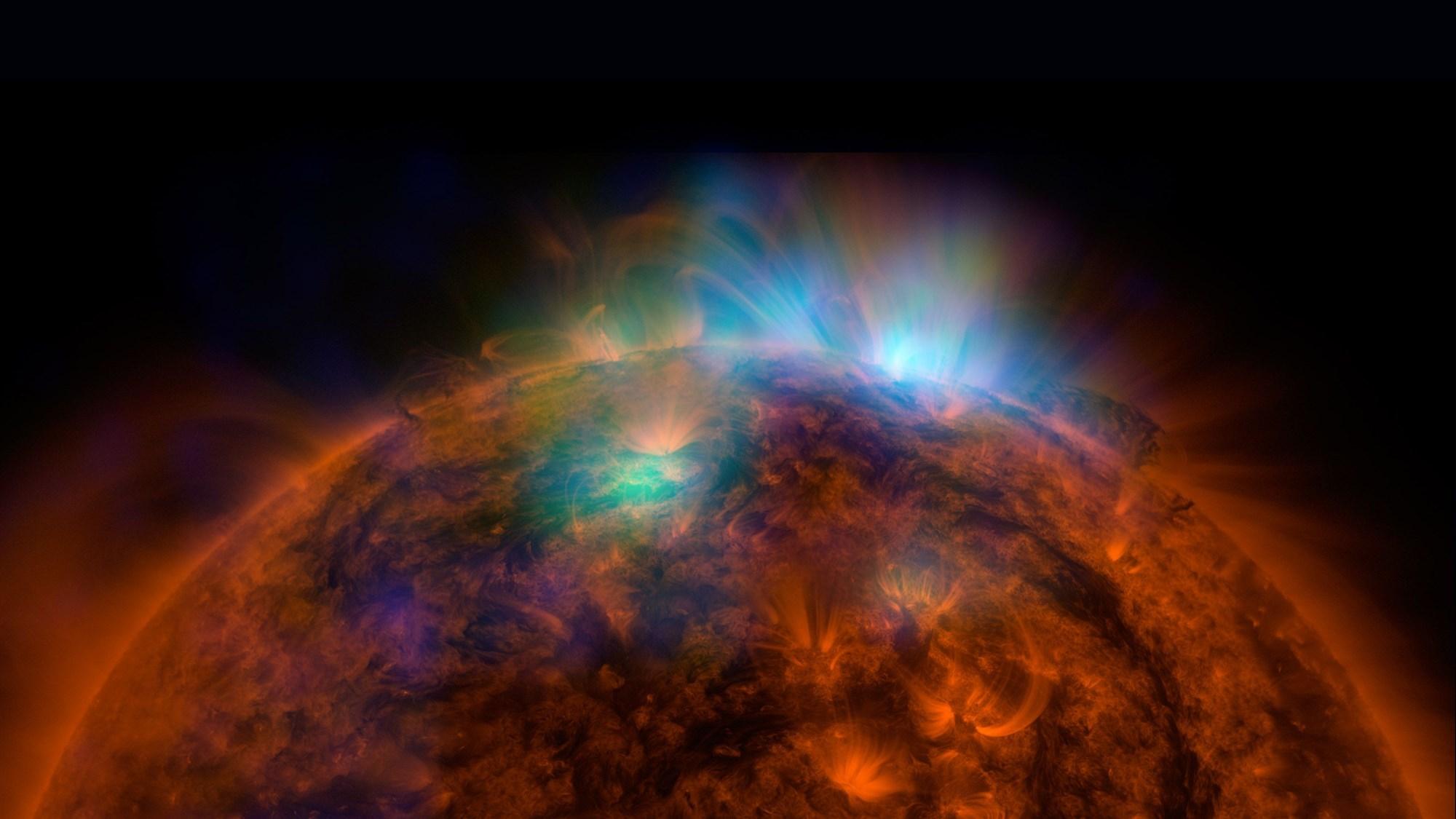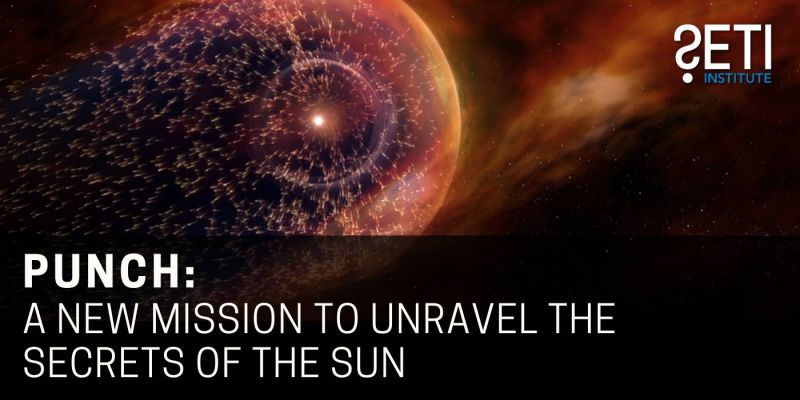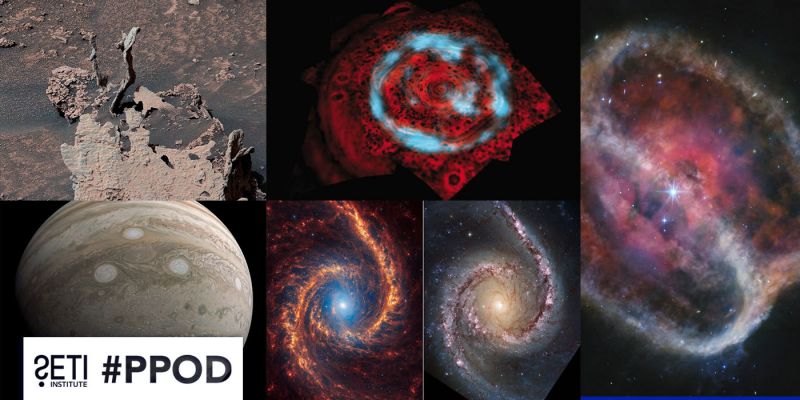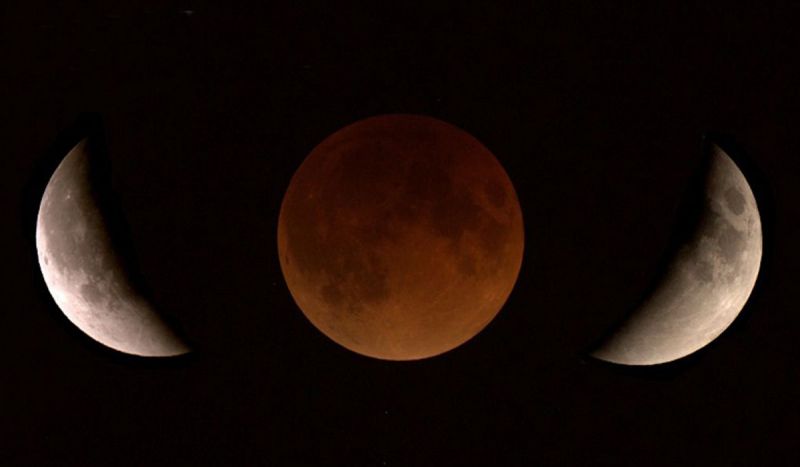If extraterrestrials are out there, odds are they're too clever to have been blindsided by global warming run amok.

Could it be that climate change is a universal menace?
A recent article in Forbes addresses the idea that the galaxy might be strewn with extinct alien civilizations, burned to a crisp by ferocious planetary warming. The idea is certainly intriguing, and has obvious relevance as a cautionary tale for us. But could it be true?
The article doesn’t say these hypothetical societies died out thanks to an alien fondness for SUVs. Instead, the aliens are hypothesized to be the victims of a natural process — the aging of their home star — coupled with the bad luck of having no planet similar to Venus in their solar system.
This may sound puzzling, but the reasoning is straightforward. It’s an established fact that stars get hotter as they age (unlike humans). The sun, for example, shines by fusing hydrogen into helium in its hellish core. Six hundred tons of hydrogen are fused per second. But this process reduces the number of particles in the sun’s deep interior. That reduces the gas pressure, causing Sol to collapse a bit under its own weight. The collapse raises the pressure, and the particles respond by moving faster — which is to say, they get hotter.
So, with time, the Sun heats up and gets brighter.
This isn’t something you’re likely to notice. Day to day, the sun’s brightness increases by about 0.00000000003 percent. Obviously, there’s no hurry to buy a new pair of Ray-Bans. But over the long haul, this slow brightening, and accompanying increased energy output, will wreak havoc on Earth’s biosphere.
The unlovely details were worked out by Penn State planetary scientist James Kasting, who determined years ago that the sun’s warming will eventually evaporate our oceans, dumping enormous quantities of water vapor into the atmosphere. Water vapor is a highly potent greenhouse gas, which causes yet more heating. Earth will be toast (without the bread part).
This unpleasant turn of events isn’t up for debate. We know it will happen, although there’s some uncertainty about exactly when you’ll have to kiss the oceans goodbye, not to mention all your plant and animal friends. Maybe in a billion years or so.
According to the article, this inexorable heating — something that eventually happens in every solar system — might catch alien societies by surprise if they don’t have a cousin of Venus to study.
Venus is an example of what happens to a planet when its host star is too nearby or too hot. The second rock from the sun was once a kinder, gentler, wetter world, you see. But because it’s closer to the sun than Earth is, its oceans dried out long ago, and today the temperature on Venus is a sweaty 900 degrees F. It’s a palpable example, right there in the sky, of what wanton global warming can do.
You might liken it to the stocks used to punish petty criminals in the 18th century. They served as a public warning to encourage responsible behavior. A Venus look-alike in a solar system might serve a similar function — clueing in aliens about a fate that might befall their own planet.
If not, then perhaps there could be a lot of broiled and braised extraterrestrial societies out there.
Bummer, yes, but I doubt it’s a major concern for any alien intelligence. As noted, the time scale for the sun’s brightening is on the order of a billion years, and for most stars even longer. And that suggests that this particular problem may not be high on any aliens’ list of worries. Stephen Kane, the University of California astronomer upon whose work the Forbes article is based, says we can expect some serious temperature oscillations much sooner.
“Slight changes in planetary orbits with time will have a much larger effect on shorter timescales than the gradually growing brightness of the star,” he says. “If a civilization can adjust to these orbital changes, then it should have no problem adjusting to the long timescale changes of the star, and could even potentially move to another planet and terraform it.”
And if there isn’t any nearby planet to fill the bill, it’s pretty straightforward to construct a bunch of artificial habitats in cooler, more distant orbits.
Undoubtedly, there are many ways that alien societies might tank. But this one seems improbable. If our cosmic confreres are advanced enough to be our intellectual peers (or better), they’re clever enough to see the dangers of a star growing old, and do something about it.





